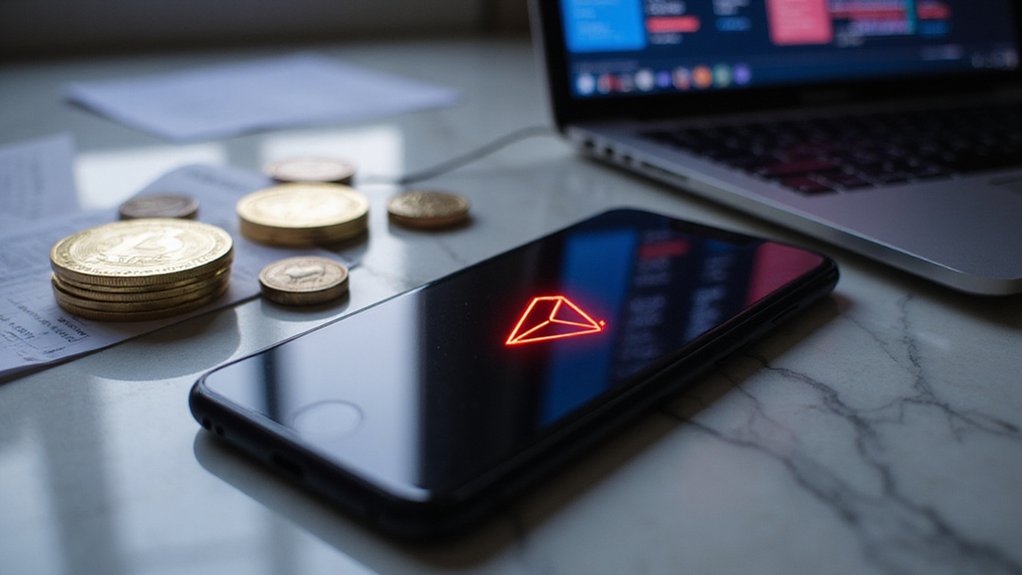In the peculiar theater of cryptocurrency innovation, where billion-dollar valuations emerge from whitepapers and ambitious promises, BlockDAG has managed to attract $318.5 million in presale funding while positioning itself as the solution to blockchain’s most persistent trilemma—the seemingly impossible balance between security, scalability, and decentralization.
This Layer 1 blockchain combines Directed Acyclic Graph architecture with Proof-of-Work consensus, fundamentally attempting to marry Bitcoin’s robust security model with DAG’s superior throughput capabilities. The result? A network claiming capacity for 15,000 transactions per second—a figure that would make Ethereum’s current infrastructure appear positively glacial by comparison.
The project’s IPO-style presale structure (complete with a $600 million hard cap) represents something of an anomaly in crypto fundraising circles. Rather than the typical venture capital rounds followed by token distribution chaos, BlockDAG has opted for transparent staging with BDAG tokens priced at $0.0248 from a total supply of 150 billion.
Payment methods range from traditional crypto assets to Google Pay and Apple Pay—because apparently even revolutionary blockchain protocols must accommodate suburban shopping habits.
What distinguishes this venture from the countless “Ethereum killers” littering crypto graveyards is its emphasis on environmental sustainability within a PoW framework and its early mobilization of millions of miners. This grassroots network effect suggests genuine decentralization rather than the centralized validator sets plaguing many contemporary blockchains. The platform’s strategic precision in planning emphasizes the disciplined approach that mirrors established IPOs rather than the chaotic speculation typical of crypto launches.
The technical architecture supports smart contracts and decentralized applications, with developer tools already available despite the mainnet’s projected 2025 launch. This timeline raises inevitable questions about whether early investor enthusiasm can sustain itself through extended development cycles.
Market projections place BDAG at potential $0.032 valuation by 2025, though such forecasts carry the usual disclaimers about cryptocurrency’s relationship with rational price discovery. Meanwhile, emerging competitors like Kaanch Network demonstrate that the race for blockchain supremacy involves platforms achieving 1.4 million transactions per second through decentralized node networks.
The project faces direct competition from established Layer 1 solutions and Ethereum’s expanding Layer 2 ecosystem—a battlefield where technical superiority doesn’t guarantee market dominance.
BlockDAG’s ability to transform theoretical advantages into practical adoption will ultimately determine whether this $318.5 million phenomenon represents genuine innovation or merely another expensive experiment in distributed ledger optimization.







